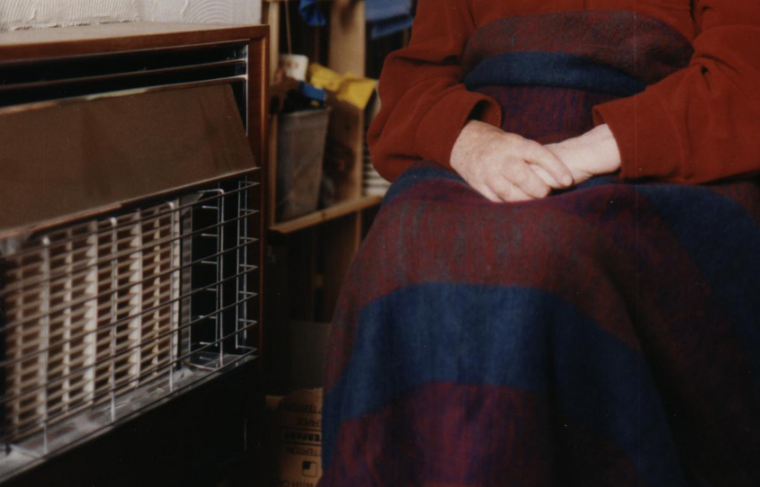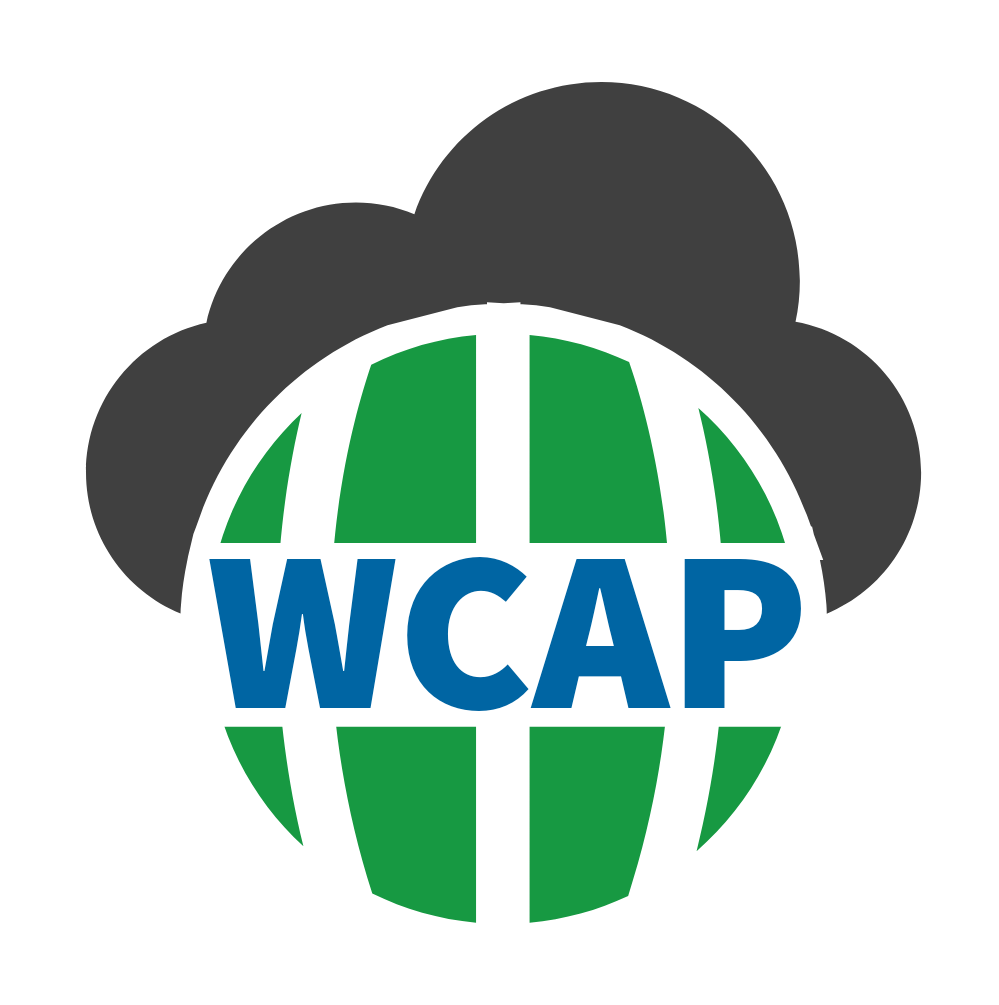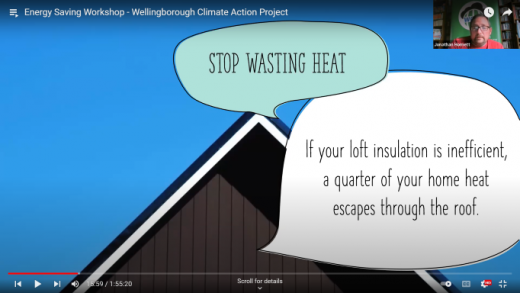The Centre for Sustainable Energy’s Fuel Poverty Calculator has been updated to account for the new definition of fuel poverty: Low Income Low Energy Efficiency (LILEE).
Fuel poverty is when people have to spend a high proportion of their income to keep their home warm due to a combination of poor housing with inadequate insulation and heating, expensive energy tariffs, and low incomes. One outcome for those in fuel poverty is poor physical and mental health. NICE, which provides evidence-based guidance for NHS and social care professionals, recognises that living in a cold home will make most health conditions worse – from childhood asthma to heart disease.
Under the new LILEE definition, households are considered fuel poor if:
- They have a Fuel Poverty Energy Efficiency Rating (FPEER) of band D or below (low energy efficiency).
- Were they to spend the required amount on fuel to heat their home adequately, they would be left with a residual income below the official poverty line (low income).
Sam Homan completed this update of the Fuel Poverty Calculator, which was originally developed by Dr Toby Bridgeman. The calculator has been used by councils, housing associations, energy charities and community groups to help target services to support fuel poor residents.
There are three elements to download:
- The Fuel Poverty Calculator (Microsoft Excel Macro-Enabled Worksheet).
- A document explaining how to enable macros in Excel 2007 (which some users might require).
- An introduction to using the tool.
Please note that the ‘net income’ part of the calculation is quite involved, so there is an extra sheet on the Data Collection Form which takes you through this calculation step-by-step.
The calculator also includes the “10% indicator” definition of fuel poverty (the definition in England until 2013 and still broadly the definition in Wales and Northern Ireland) and the “Low Income High Costs” definition as used in England from 2013 to 2021. The definition of fuel poverty in Scotland is similar to the “10% indicator” definition but a bit more involved, so is not included in the tool.
The Department for Business, Energy & Industrial Strategy (BEIS) publish an in-depth publication on the methodology used to calculate fuel poverty. This can be found here.
Please be aware that to accurately determine whether a household is in fuel poverty, this calculator requires you to enter total annual energy costs from an energy assessment in order for it to calculate fuel poverty correctly (see info in the spreadsheet). Without this information, the calculator results should merely been seen as indicative.
Please get back to us with any feedback you have on how it is to use, including any suggested improvements and additions that you think would make the tool more helpful for your work.

According to government figures, over 3.5 million households are living in fuel poverty in the UK. This number is expected to rise as energy prices increase but insulation programmes and people’s incomes fail to keep up.



